What Size Telescope To See Neptune ?
To see Neptune, a telescope with an aperture of at least 8 inches (200 mm) is recommended. However, the size of the telescope is not the only factor that affects the visibility of Neptune. Other factors such as the quality of the optics, the atmospheric conditions, and the observer's experience also play a role. It is also important to note that Neptune is a distant planet and appears as a small blue dot even through a large telescope. Therefore, it is recommended to use high magnification eyepieces and to observe from a dark location with minimal light pollution.
1、 Telescope Aperture
The size of the telescope required to see Neptune depends on various factors such as the distance of Neptune from Earth, the atmospheric conditions, and the observer's experience. However, the most crucial factor is the telescope aperture, which determines the amount of light the telescope can gather and resolve.
To see Neptune, a telescope with an aperture of at least 8 inches (200mm) is recommended. With an 8-inch telescope, Neptune will appear as a small blue-green disk, and its largest moon, Triton, may also be visible. However, to see more details on Neptune's surface, a larger telescope with a larger aperture is required.
It is worth noting that observing Neptune can be challenging due to its distance from Earth, which varies between 2.7 and 2.9 billion miles. Additionally, Neptune's low surface brightness and its location near the horizon can make it difficult to observe, especially in light-polluted areas.
In recent years, advancements in telescope technology have made it easier to observe Neptune and other outer planets. For instance, the use of adaptive optics and high-resolution cameras can enhance the image quality and reveal more details on Neptune's surface.
In conclusion, to see Neptune, a telescope with an aperture of at least 8 inches is recommended. However, other factors such as atmospheric conditions and observer's experience can also affect the observation. With the latest advancements in telescope technology, observing Neptune has become more accessible and rewarding for amateur astronomers.
2、 Magnification
What size telescope to see Neptune?
To see Neptune, you will need a telescope with an aperture of at least 8 inches (200mm) or larger. This is because Neptune is a distant planet, located about 2.8 billion miles away from Earth, and it appears as a small, faint blue dot in the sky. A larger aperture will allow more light to enter the telescope, making it easier to see Neptune's faint light.
However, the size of the telescope is not the only factor that determines whether you can see Neptune. The atmospheric conditions, light pollution, and your own eyesight also play a role. For example, if you live in a city with a lot of light pollution, you may need a larger telescope to see Neptune than if you live in a rural area with dark skies.
In addition to the size of the telescope, the magnification is also important. However, it is not recommended to use too much magnification, as it can make the image blurry and difficult to see. A magnification of around 100x to 200x is usually sufficient to see Neptune.
It is worth noting that Neptune is not always visible in the night sky. It is best seen during its opposition, which occurs once every 368 days. During opposition, Neptune is closest to Earth and appears brighter and larger in the sky. The next opposition of Neptune will occur on September 14, 2021.
In conclusion, to see Neptune, you will need a telescope with an aperture of at least 8 inches and a magnification of around 100x to 200x. However, other factors such as atmospheric conditions and light pollution also play a role in determining whether you can see Neptune.
3、 Atmospheric Conditions
What size telescope to see Neptune depends on various factors, including atmospheric conditions. Neptune is the eighth planet from the sun and is the farthest planet visible to the naked eye. However, to observe Neptune's features, a telescope is required. The size of the telescope needed to see Neptune depends on the atmospheric conditions at the time of observation.
Neptune is a gas giant planet, and its atmosphere is constantly changing. The planet's atmosphere is known for its high winds and storms, which can make it difficult to observe Neptune's features. Therefore, to see Neptune's features, a telescope with a large aperture is required. A telescope with an aperture of at least 8 inches is recommended to observe Neptune's features.
However, even with a large telescope, atmospheric conditions can affect the quality of the observation. The best time to observe Neptune is during a period of stable atmospheric conditions, such as during a period of high pressure. During these periods, the atmosphere is less turbulent, and the image of Neptune will be clearer.
In recent years, advances in technology have made it possible to observe Neptune using smaller telescopes. With the use of advanced imaging techniques, amateur astronomers can now observe Neptune's features using telescopes with apertures as small as 6 inches.
In conclusion, the size of the telescope needed to see Neptune depends on various factors, including atmospheric conditions. A telescope with an aperture of at least 8 inches is recommended, but advances in technology have made it possible to observe Neptune using smaller telescopes. The best time to observe Neptune is during a period of stable atmospheric conditions.
4、 Viewing Location
What size telescope to see Neptune depends on the viewing location and the current position of the planet in its orbit. Neptune is the eighth planet from the sun and is located about 2.8 billion miles away from Earth. It is a gas giant and has a diameter of about 30,599 miles, making it the fourth-largest planet in the solar system.
To see Neptune, you will need a telescope with a minimum aperture of 8 inches (200mm) or larger. This will allow you to see the planet as a small blue-green disk. However, the size of the telescope required to see Neptune will depend on your viewing location and the current position of the planet in its orbit.
If you are viewing from a dark sky location with minimal light pollution, you may be able to see Neptune with a smaller telescope. However, if you are viewing from a city or suburban area with significant light pollution, you will need a larger telescope to see Neptune.
The best time to view Neptune is when it is at opposition, which occurs once every 368 days. At opposition, Neptune is closest to Earth and appears brighter and larger in the sky. The next opposition of Neptune will occur on September 14, 2021.
In summary, to see Neptune, you will need a telescope with a minimum aperture of 8 inches or larger, but the size of the telescope required will depend on your viewing location and the current position of the planet in its orbit. The best time to view Neptune is during opposition, which occurs once every 368 days.


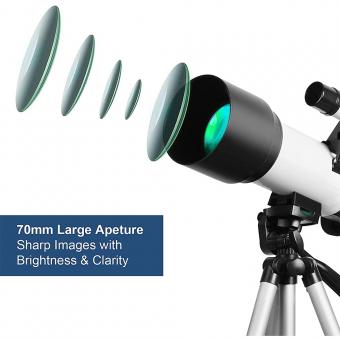
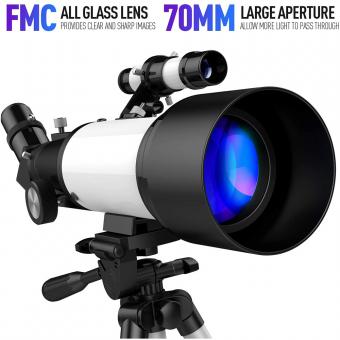











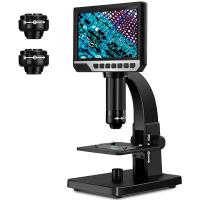


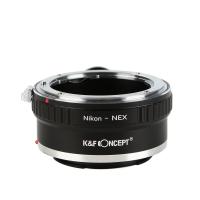


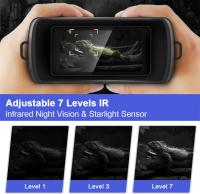


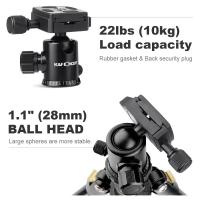
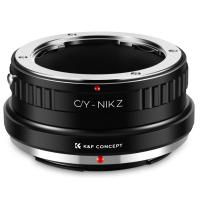

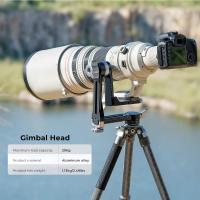
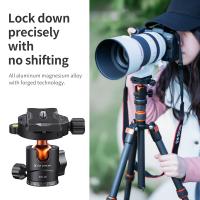
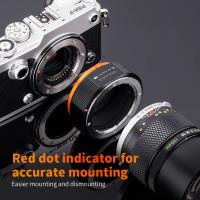
There are no comments for this blog.